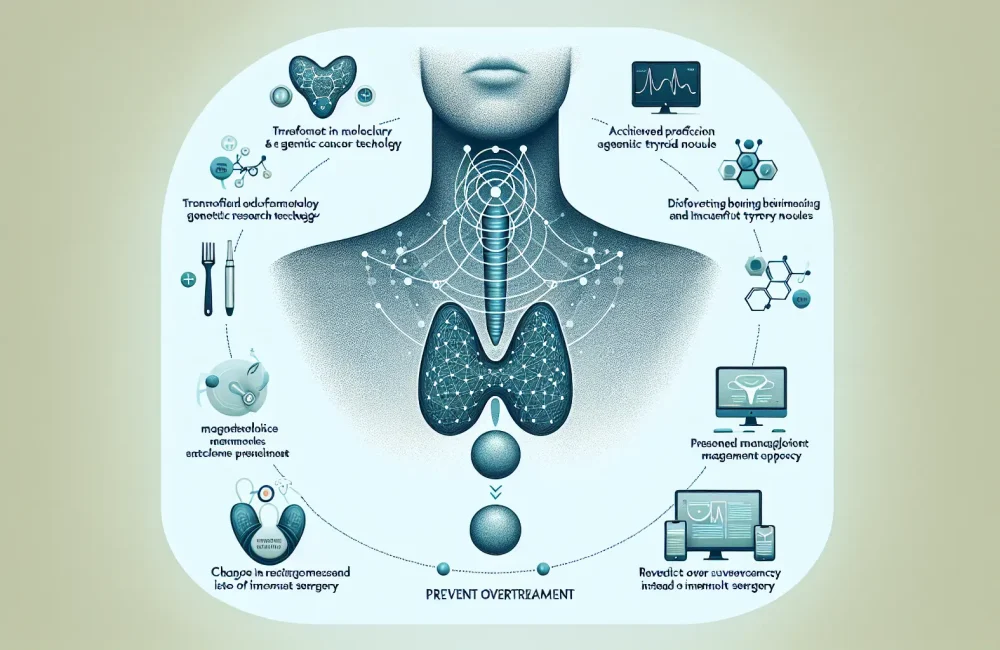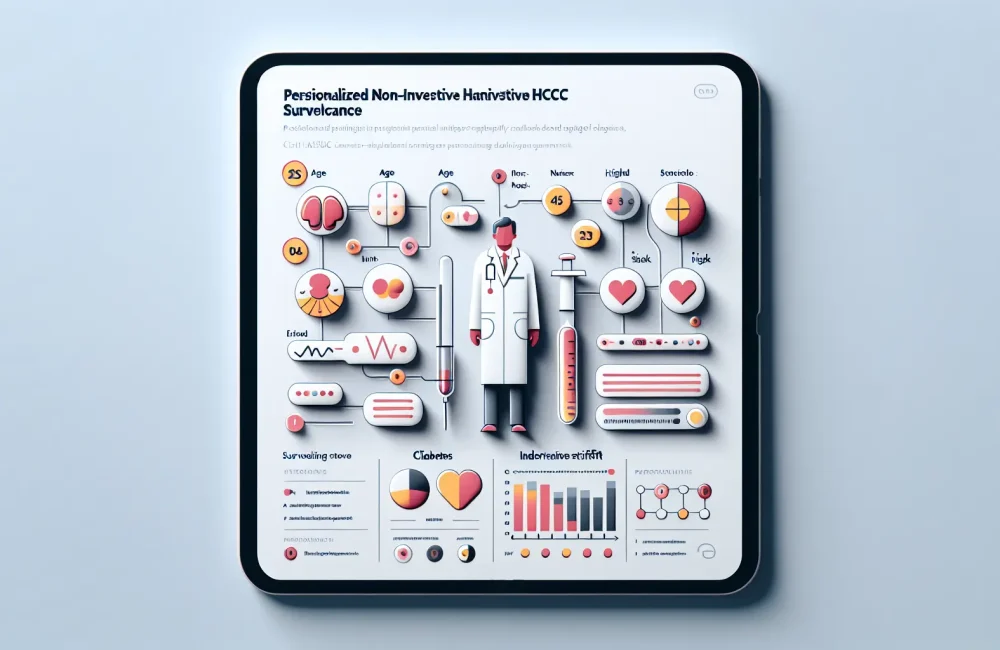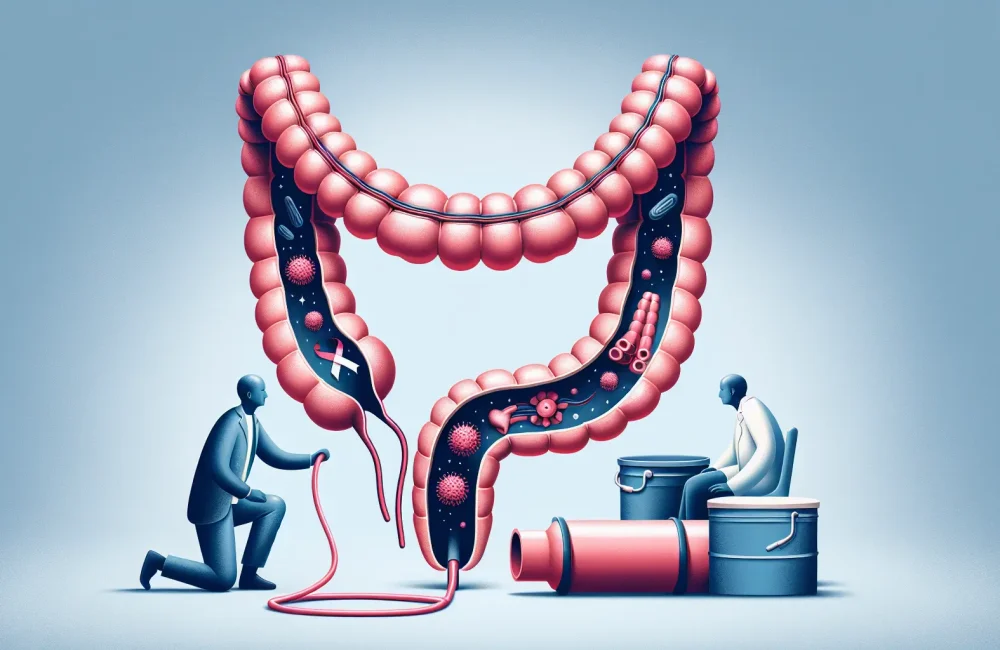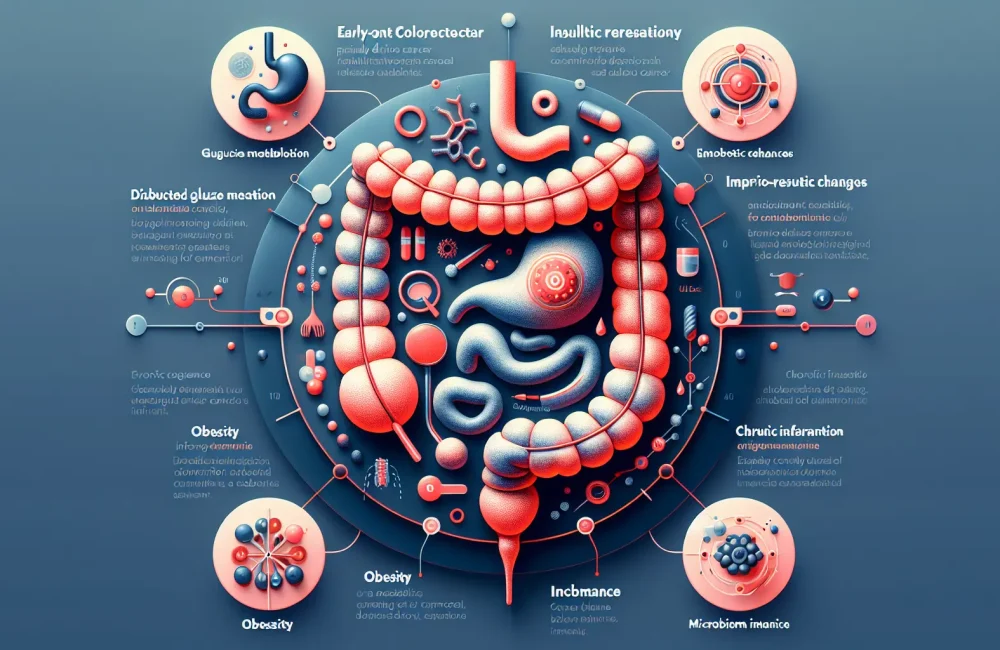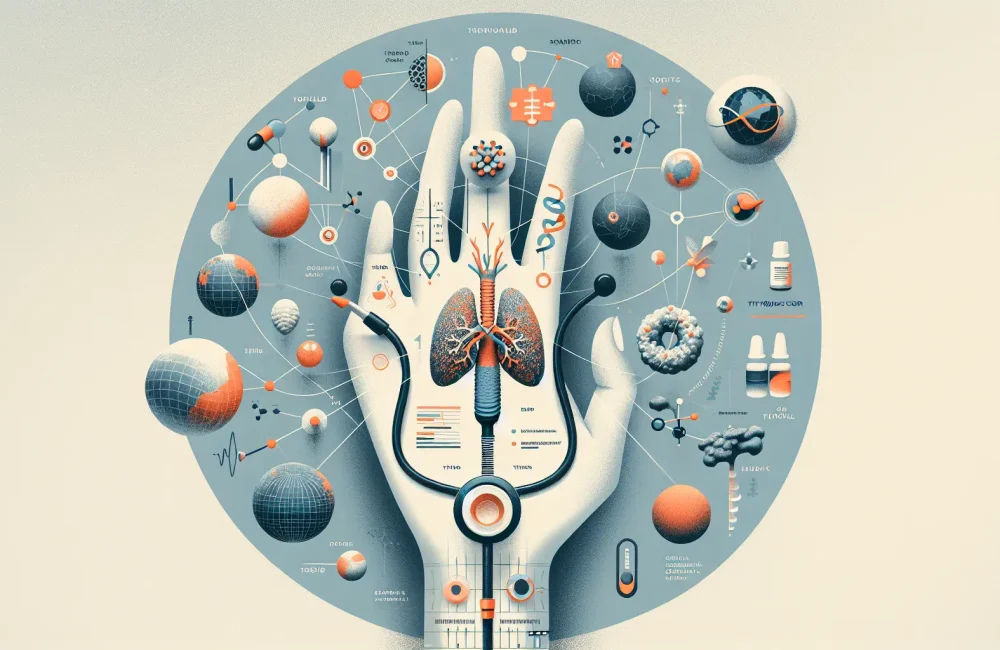By CAFMI AI From Gut
The Promise of Exosomal ncRNAs in Early Gastric Cancer Diagnosis
Gastric cancer (GC) remains one of the leading causes of cancer-related deaths globally due to its frequent diagnosis at advanced stages, where treatment options and survival outcomes are limited. Early detection is thus paramount for improving prognosis and patient survival rates, but current screening methods, mainly upper gastrointestinal endoscopy, are invasive, costly, and not feasible for widespread population screening, especially in primary care or resource-limited settings. Recent advances have highlighted the potential of exosomes, small extracellular vesicles secreted by cells, as carriers of non-coding RNAs (ncRNAs)—including microRNAs (miRNAs), long non-coding RNAs (lncRNAs), and circular RNAs (circRNAs)—which can be detected in accessible body fluids such as blood and gastric juice. These exosomal ncRNAs reflect alterations in cellular physiology and pathogenesis, providing a dynamic window into tumor biology. Several studies have identified specific exosomal ncRNA signatures associated with early-stage gastric cancer, demonstrating high sensitivity and specificity in distinguishing malignant from benign conditions. This emerging evidence underscores the potential for these biomarkers to serve as minimally invasive tools for early GC screening, which could significantly reduce diagnostic delays and enable timely therapeutic intervention. For clinicians, integrating exosomal ncRNA testing into diagnostic workflows offers a promising adjunct or alternative to invasive procedures, particularly for patients at elevated risk or those unsuitable for endoscopy.
Machine Learning Integration Enhancing Diagnostic Accuracy
The complexity and high dimensionality of exosomal ncRNA data necessitate robust computational approaches to extract meaningful patterns and optimize diagnostic performance. Machine learning (ML) algorithms have emerged as powerful tools that can analyze large datasets, identify discriminatory features, and build predictive models that surpass traditional statistical methods in detecting subtle molecular signatures of early gastric cancer. ML approaches such as feature selection, support vector machines, random forests, and neural networks have been applied to exosomal ncRNA expression profiles, achieving high area under the receiver operating characteristic curve (AUC) values and outperforming conventional biomarkers in validation cohorts. Importantly, these models can continuously improve with additional data and incorporate multi-marker panels, enhancing specificity and sensitivity while reducing false positives and negatives. However, challenges remain in standardizing exosome isolation and ncRNA quantification protocols across laboratories, which affects data consistency and model generalizability. Furthermore, large-scale prospective studies are essential to validate ML-derived algorithms in diverse patient populations before clinical implementation. Nonetheless, the integration of exosomal ncRNA profiling with sophisticated ML techniques holds substantial clinical promise to revolutionize GC early diagnosis by providing a non-invasive, accurate, and scalable screening approach.
Clinical Implementation and Future Research Directions
The translation of exosomal ncRNA-based diagnostics coupled with machine learning into routine clinical practice requires addressing several practical considerations. Firstly, developing standardized, cost-effective, and reproducible exosome isolation and ncRNA detection methods suitable for clinical laboratories is essential to ensure test reliability and accessibility. Clinicians must also be aware of the differential diagnoses and potential confounding factors affecting ncRNA expression, such as inflammation, infections, and other gastric pathologies, to correctly interpret test results. Counseling patients about the benefits and limitations of these novel diagnostics, including possible false positives, screening intervals, and follow-up pathways, is crucial for informed decision-making and patient acceptance. Moreover, integrating these tests into primary care workflows will require clinical guidelines and education, alongside ensuring appropriate referral systems for positive cases to gastroenterology specialists. Future research should focus on optimizing bioinformatics pipelines, incorporating multi-omics data (proteomics, metabolomics) to synergize diagnostic accuracy, and exploring cost-reduction strategies for large-scale deployment. Additionally, longitudinal studies assessing the impact of early detection on treatment outcomes and survival are vital to establish clinical utility and justify healthcare investment. Overall, while challenges persist, the convergence of exosomal ncRNA biomarkers and machine learning heralds a transformative advance in gastric cancer diagnostics that could markedly improve early detection and ultimately patient prognosis.
Read The Original Publication Here

